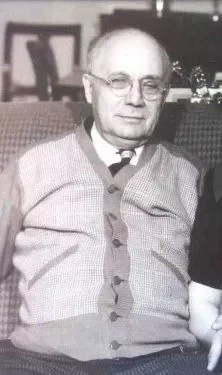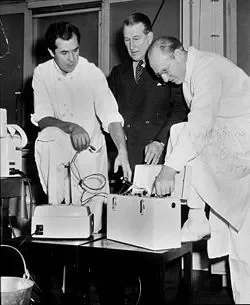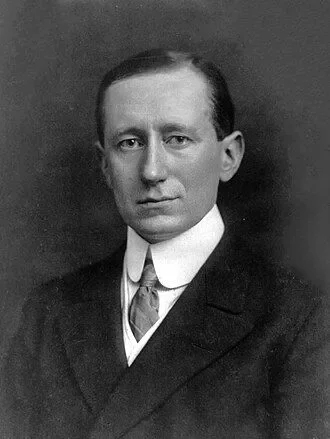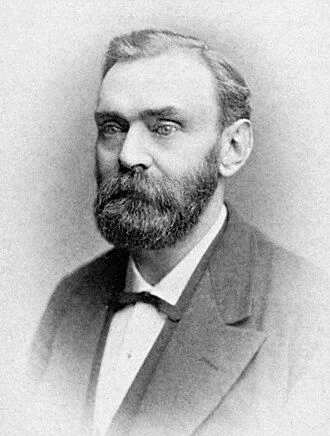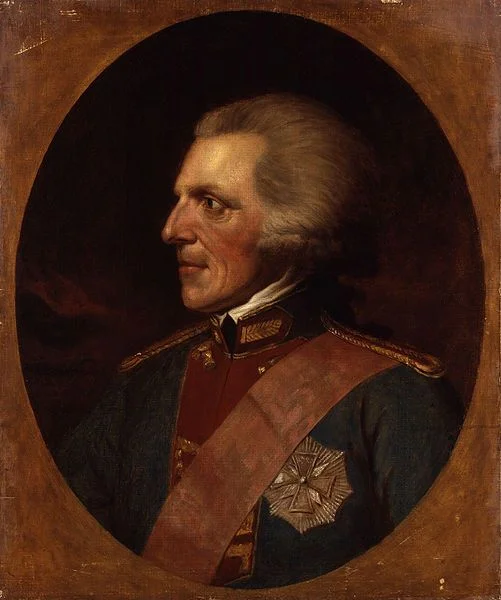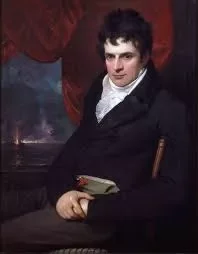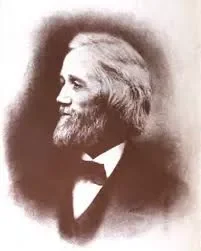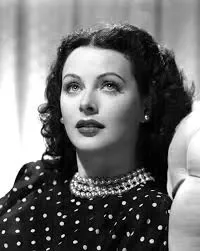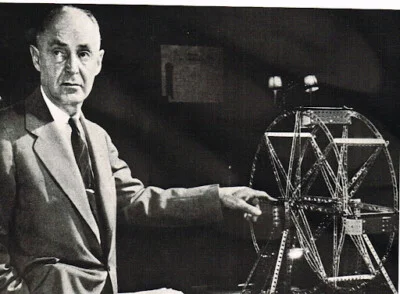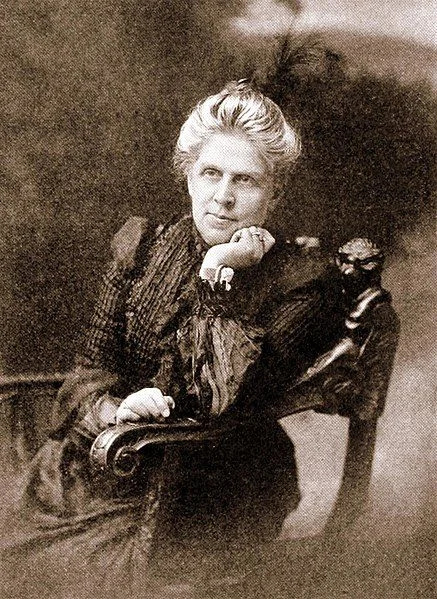Real Celebrities Never Die!
OR
Search For Past Celebrities Whose Birthday You Share

source:wikipedia.org
Edwin H. Land
Birthday:
07 May, 1909
Date of Death:
01 Mar, 1991
Cause of death:
Undisclosed illness
Nationality:
American
Famous As:
Scientist
Age at the time of death:
81
Early Life and Passion for Science
Edwin H. Land, a visionary American scientist and inventor, was born on May 7, 1909, in Bridgeport, Connecticut. From an early age, he demonstrated a keen interest in science and experimentation. His curious mind and relentless pursuit of knowledge laid the foundation for his remarkable career in optics and photography.
Harvard and the Birth of Innovation
Land’s passion for science led him to Harvard University at the age of 17. However, he took a leave of absence to focus on his own research and entrepreneurial endeavors. In 1932, at just 23 years old, he co-founded the Land-Wheelwright Laboratories. Here, he began his pioneering exploration into polarized light, a discovery that would later revolutionize optics and lead to the creation of the first synthetic polarizer.
Invention of Instant Photography
One of Land’s most groundbreaking achievements was the invention of instant photography. In 1947, he introduced the Polaroid Land Camera, a device that allowed users to take, develop, and print photographs within minutes. This innovation transformed photography, making it more immediate and accessible. It marked a major shift in how people captured and shared moments, leaving a lasting impact on the world of photography.
Applications of Polarized Light
Edwin H. Land’s work on polarized light extended far beyond photography. He explored various applications, including the development of polarized sunglasses, which improved visibility and reduced glare. His innovations earned him numerous patents, further solidifying his reputation as a leader in optics. His ability to push the boundaries of scientific innovation continued to inspire advancements in many areas of optics and vision technology.
Leadership and Contributions to Science
In addition to his technical achievements, Land excelled as a leader in the scientific community. He served as President of the Optical Society of America and received numerous awards for his contributions to both science and industry. His unique ability to merge scientific knowledge with entrepreneurial skills helped him establish the Polaroid Corporation, a company that became synonymous with innovation in photography.
Challenges and Resilience
Despite his success, Land faced challenges, including patent disputes and corporate governance issues. Yet, his resilience and unwavering commitment to his vision enabled him to overcome these obstacles. His ability to navigate these difficulties showcased his determination and solidified his standing as a respected figure in both scientific and business circles.
Personal Traits and Legacy
On a personal level, Edwin H. Land was known for his intense curiosity and engaging personality. He had a rare gift for explaining complex scientific concepts in ways that captivated audiences, making him an inspiring speaker and educator. His passion for science extended well beyond the laboratory, as he consistently worked to inspire future generations of innovators.
Edwin H. Land's Quote's
Enduring Impact and Legacy
Tragically, the world lost Edwin H. Land on March 1, 1991, when he passed away in Cambridge, Massachusetts. However, his legacy lives on through his contributions to science, photography, and entrepreneurship. Land’s impact on the fields of optics and photography, especially through the invention of the instant camera, cemented his place as a true visionary in history.
Conclusion: A Legacy of Innovation
Edwin H. Land’s life story reflects a unique blend of intellectual curiosity, entrepreneurial spirit, and scientific innovation. From his early work with polarized light to the invention of the iconic Polaroid camera, his journey reshaped the fields of photography and optics. His legacy continues to inspire, proving that a relentless pursuit of one’s vision can leave an enduring impact on both science and business.
Name:
Edwin H. Land
Popular Name:
Edwin H. Land
Gender:
Male
Cause of Death:
Undisclosed illness
Spouse:
Place of Birth:
Bridgeport, Connecticut, U.S.A
Place of Death:
Cambridge, Massachusetts, U.S.A
Occupation / Profession:
Personality Type
Debater: Smart and curious thinkers who cannot resist an intellectual challenge. He could explain complicated scientific matter in a simple way so that people could understand the same. His resilience and commitment led to completion of projects.
The term “Polaroid” became so synonymous with instant photography that it transcended the brand itself. People often referred to any instant camera as a “Polaroid.”
During World War II, Land worked on developing night vision goggles for the U.S. military. His expertise in polarized light proved valuable in creating technology that enhanced nighttime visibility for soldiers
Despite his academic prowess, Land dropped out of Harvard University after his freshman year. deciding to pursue his own scientific experiments and entrepreneurial ventures.
Land served as a science advisor to several U.S. Presidents, including Dwight D. Eisenhower and Lyndon B. Johnson. His counsel was sought on
Franklin Medal (1951)
Presidential Medal for Merit (1947)
Photography Hall of Fame (1984)
National Inventors Hall of Fame (1977)
